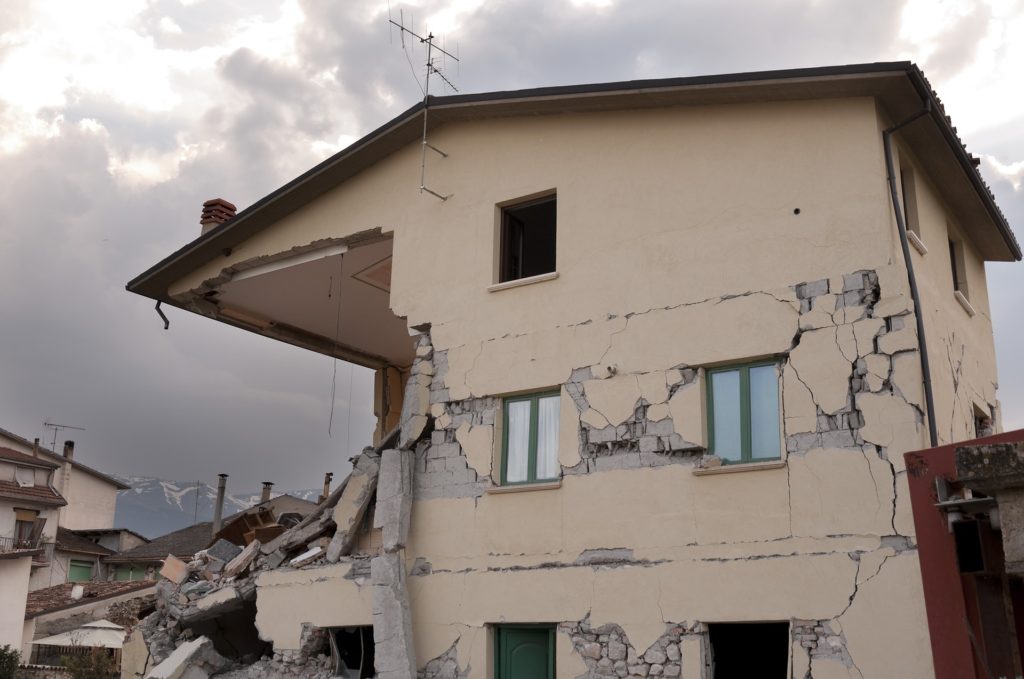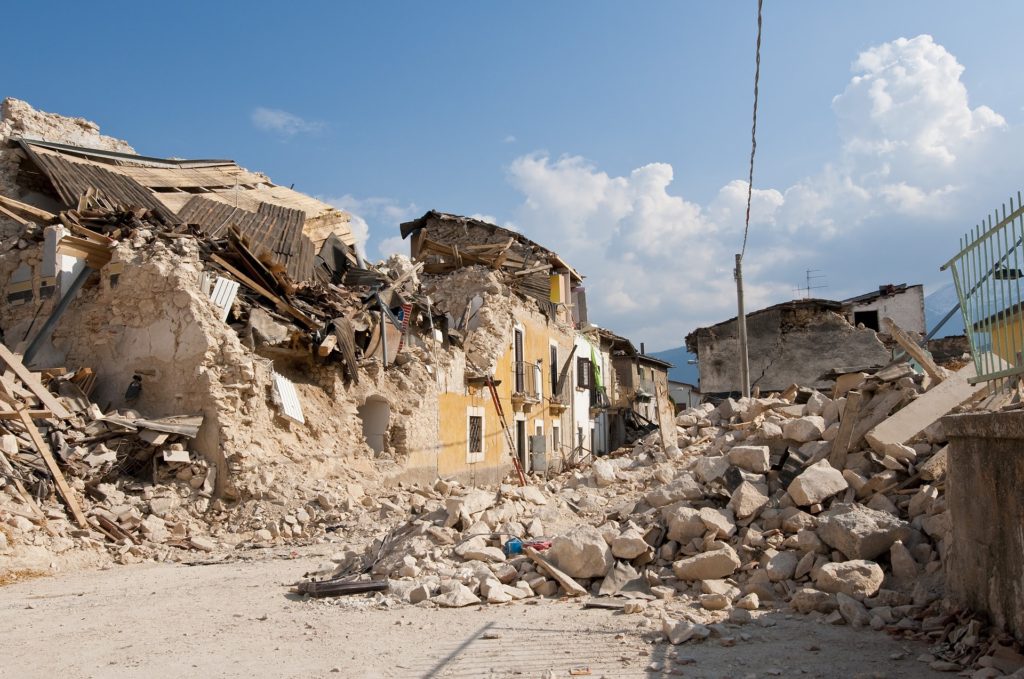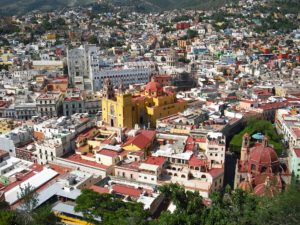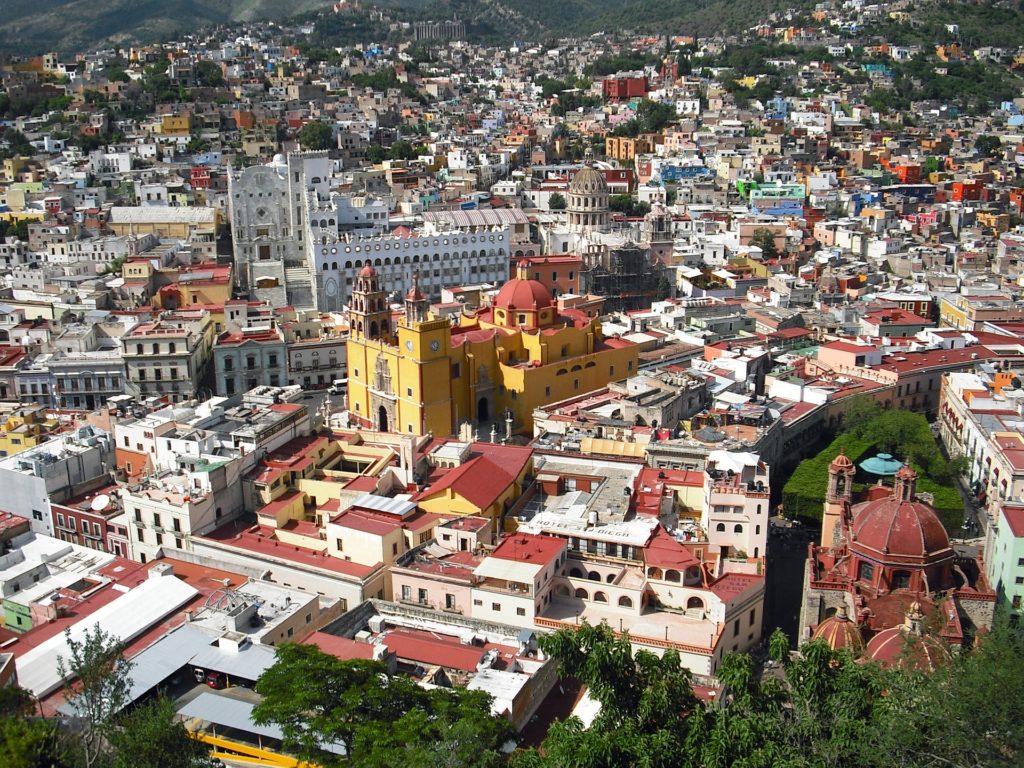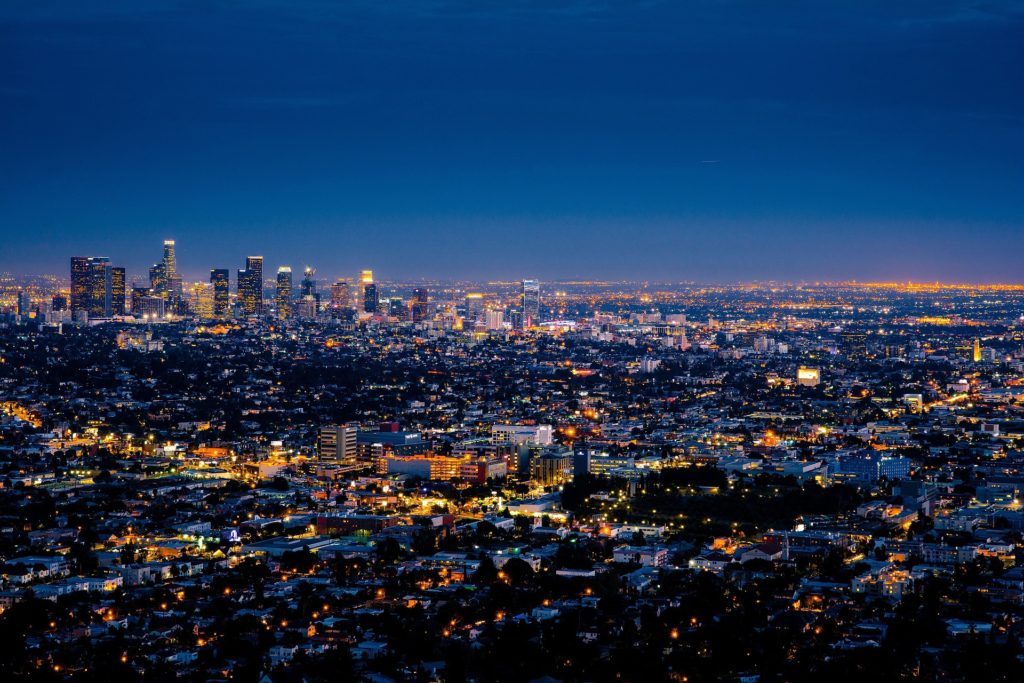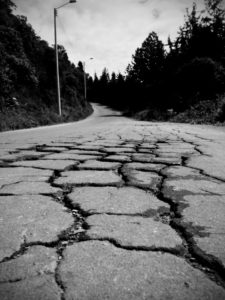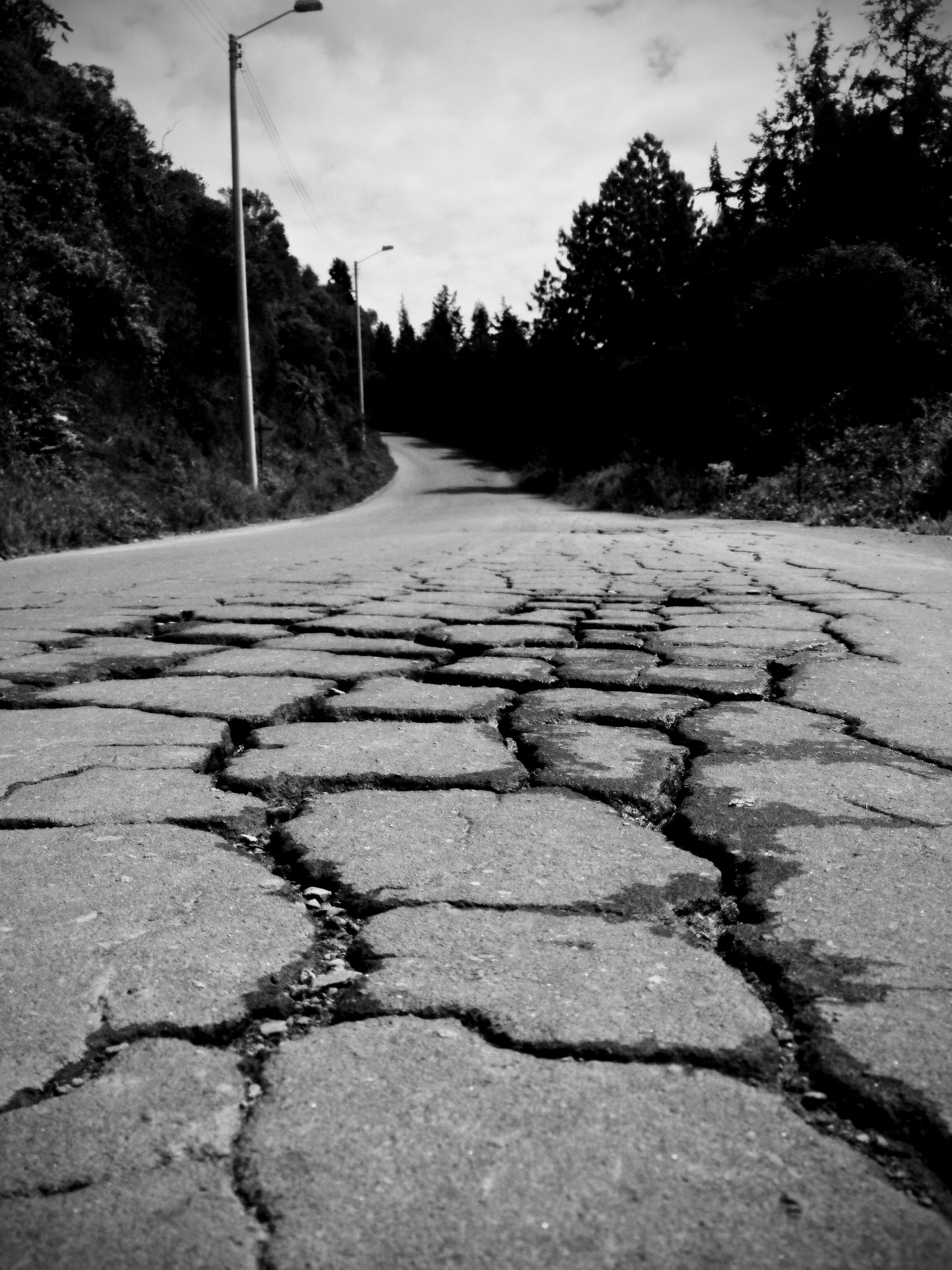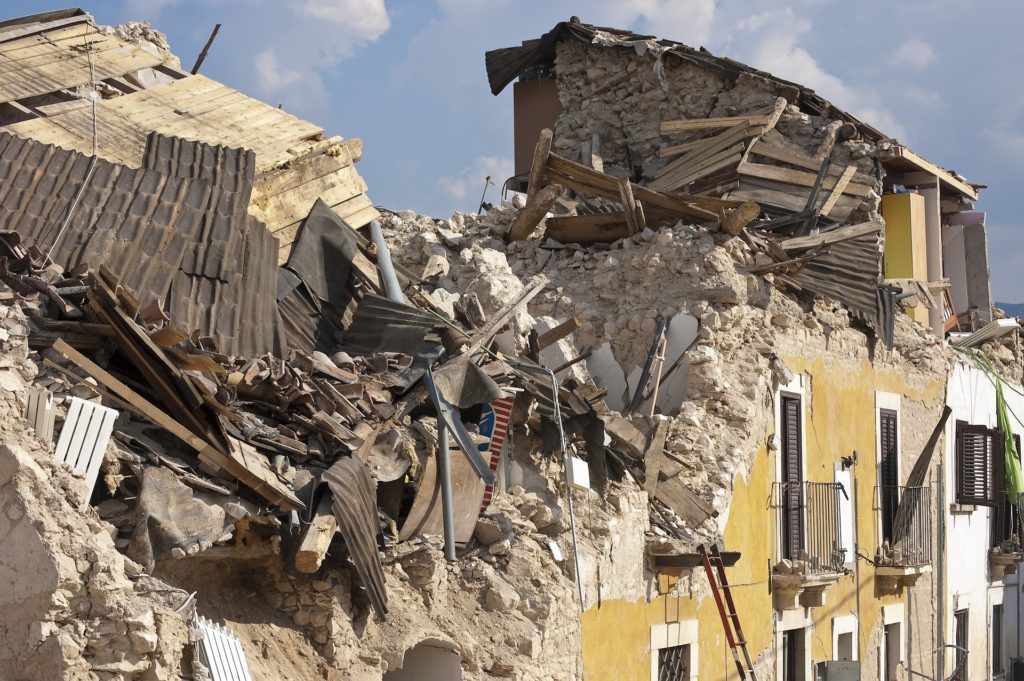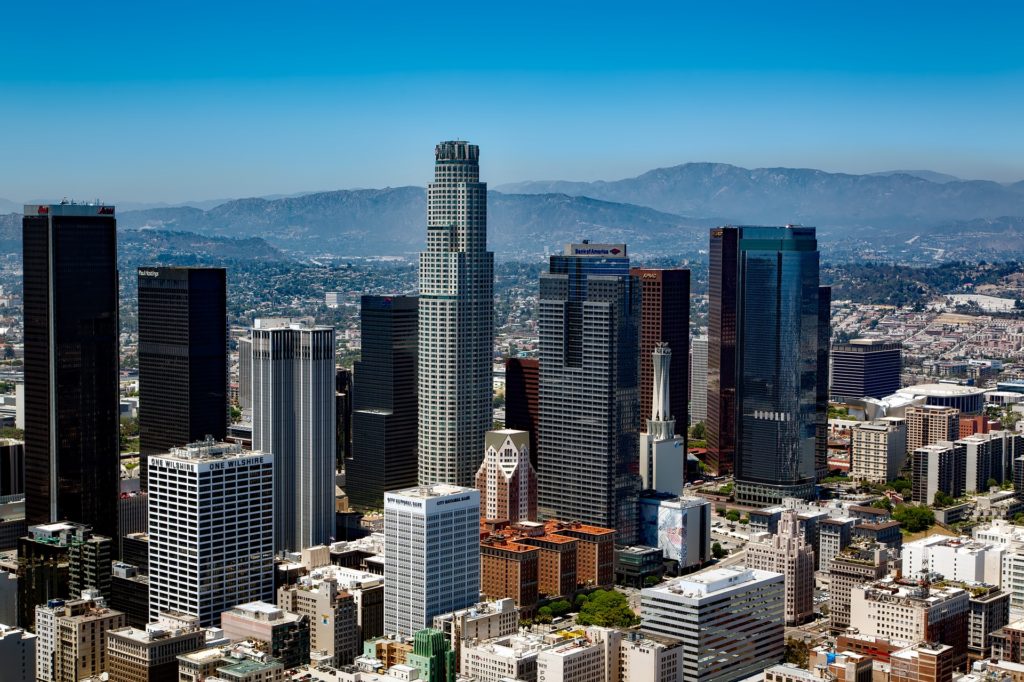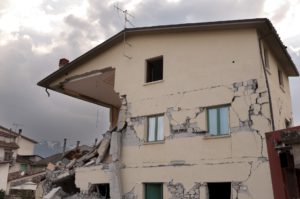
Los dos terremotos masivos de México -con menos de dos semanas de diferencia- han provocado ondas de choque en los residentes y funcionarios locales en California.
Tanto es así, que el alcalde de Los Ángeles, Eric Garcetti, está instando a los gobiernos ya los dueños de edificios locales en California a que pongan todas las estructuras al código de seguridad sísmica lo antes posible.
Después del devastador terremoto de magnitud 7,1 golpeado justo fuera de la Ciudad de México, varios edificios se derrumbaron al suelo - y la destrucción fue capturada en video.
"Cualquier propietario de un edificio que piense que deberían sentarse y relajarse durante los próximos 20 años debería ver ese video", dijo Garcetti en un comunicado, mientras instaba a los propietarios de edificios locales a que sus propiedades fueran readaptadas. "Y vamos a averiguar una manera de llegar a trabajar ahora."
"¿Qué es más caro, la pérdida de toda su propiedad - y mucho menos la pérdida de vidas - o la inversión para asegurarse de que ningún terremoto de ese tamaño destruirá su edificio o matará a alguien?", Preguntó.
Según los ingenieros estructurales, la razón principal de que esos edificios se derrumbaron en México fue porque estaban construidos con "concreto frágil" y no habían sido adecuadamente adaptados para la seguridad sísmica. Por suerte, Los Ángeles ha comenzado lentamente pero con seguridad a rehabilitar edificios en todo el condado, gracias a la legislación propuesta por Garcetti en 2015.
La ley exige que los propietarios de edificios de hormigón tienen 25 años para reacondicionar sus propiedades, mientras que los dueños de edificios de apartamentos de madera deben tener sus estructuras reacondicionadas en 7 años.
Pero, con los dos terremotos de magnitud 7 y más altos de México, además del terremoto de 6,1 que sacudió a Japón la semana pasada, Garceti está pidiendo a los dueños de edificios que tomen acción ahora.
"Mirar esas horribles imágenes y ver la trágica consecuencia me recordó a nuestra responsabilidad No. 1 de salvar vidas y no sólo tratar de calcular una cantidad en dólares de 'demasiado' para salvar una vida", enfatizó. "Dicho esto, también me hace sentir incómodo pensando en los 25 años - elegimos el compromiso de ... poner un mandato que es muy fuerte, y que eran muy flexibles sobre el calendario"
Santa Mónica ha ido incluso un paso más allá de Los Ángeles, lo que requiere la adaptación de todas las estructuras de acero de marco vulnerable en toda la ciudad.
"Si la ciudad más grande del estado puede hacer esto, también puede hacerlo, también, en su propio patio trasero", instó a otros residentes de California.
Ahora, más que nunca, es importante ser proactivo sobre la preparación y la seguridad del terremoto.
Julian De La Torre es un experto en la inspección de la fundación de Los Ángeles, los contratistas de la fundación y la reparación de la fundación. La empresa Julian, Julian Construction, ha inspeccionado más de 15.000 estructuras, trabajando con empresas de ingeniería y departamentos locales de construcción y seguridad. La compañía ha hecho más reparación de la fundación en Los Ángeles que cualquier otra compañía en el área sobre los últimos cinco años.
